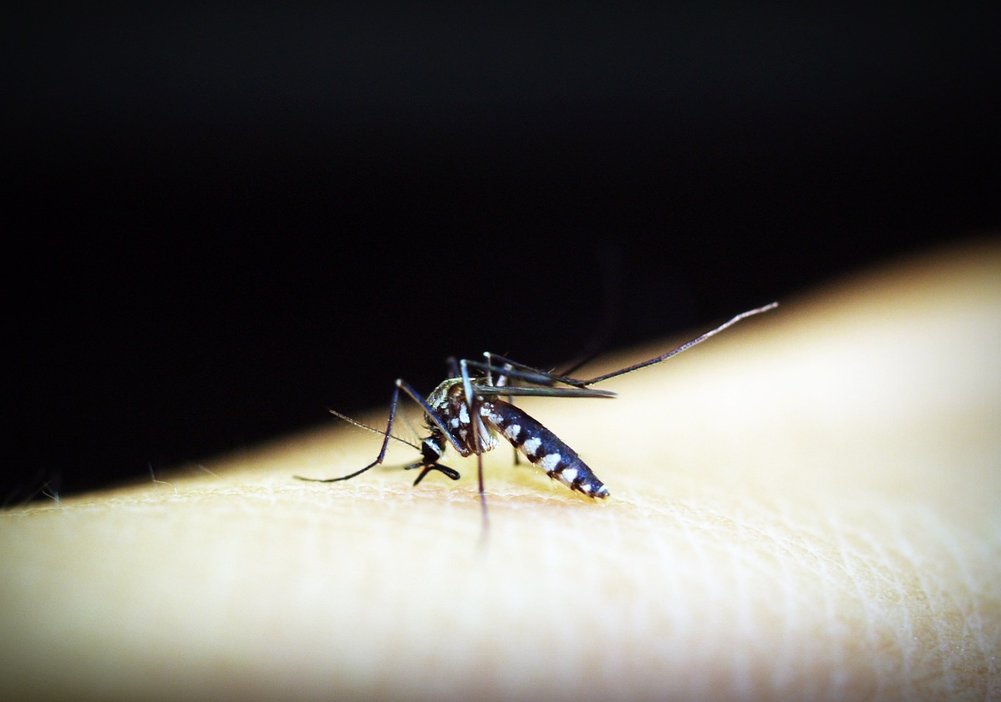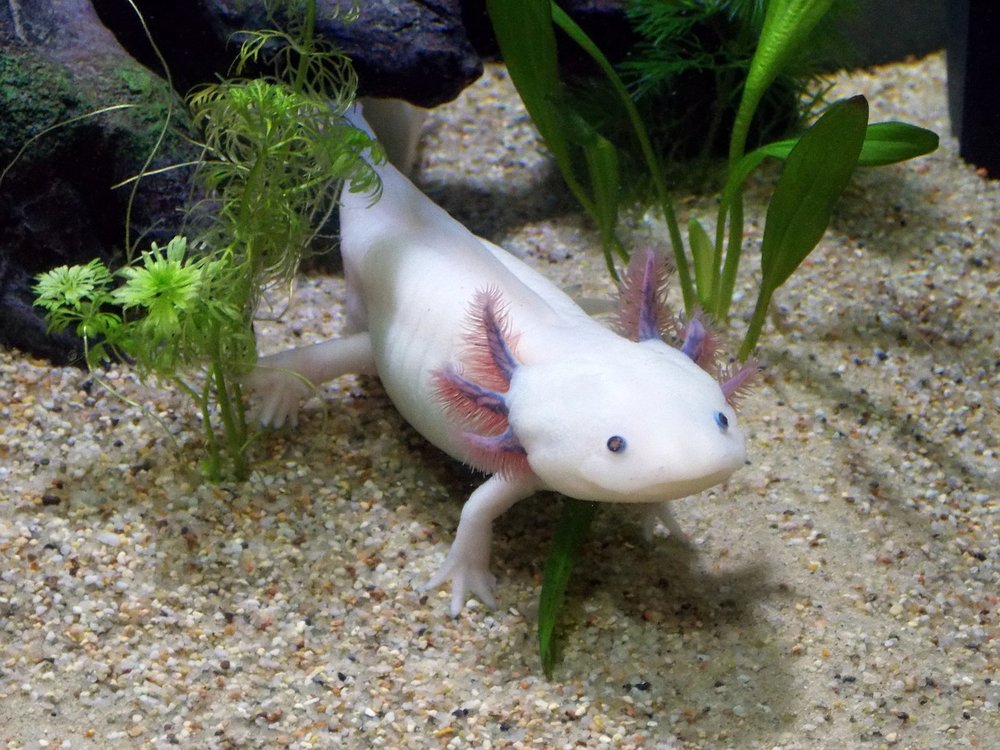From the Human Genome Project and ENCODE, to projects that involve sequencing of millions of human genomes and were announced by the US Obama Administration and Companies such as Craig Venter’s Human Longevity Inc., 23andMe and the Chinese BGI.
One of the largest human sequencing projects that has just started is Genomics England’s “100000 Genomes Project” that aims at producing genomics, transcriptomics and epigenomics datasets for 100000 cancer or rare disease patients.
The “Human Genome Project” (HGP) started in 1986 and delivered a first genome draft (90% completion) by 2001 and a “compete” sequence (99% of the euchromatic genome with 99.99% accuracy) by 2006. Major gene sequencing and the annotation efforts of HGP were finished by 2006, when the chromosome 1 (largest chromosome) sequence and annotations were published. The costs of these projects were roughly $4.2 billion at current values. As a logical step following HGP, the “ENCODE” Project was started in 2003 and aimed to identify all functional elements in the human genome, e.g. transcripts, promoters and long-range regulatory regions.
The “Roadmap Epigenomics Project” is currently mapping DNA methylation, histone modifications, chromatin accessibility and small RNA transcripts in the human genome. Both projects make extensive use of next generation sequencing techniques such as RNA-Seq, ChIP-Seq and Bisulfite-Seq.
The US-funded “Cancer Genome Atlas” and the EU-funded “Cancer genome project” are sequencing genomes, exomes and transcripts of thousands of cancer samples in order to identify common mutations that drive cancer development. The “HapMap Project” and its successor the “1000 Genomes Project” provide a detailed map of genomic variations (SNPs and structural variants) found in the human population.
NGS is a phenomenally powerful method. I certainly believe it will change everything. The only question is when. Dr Jim Huggett, LGC, UK
One of the largest human sequencing projects that has just started is Genomics England’s “100000 Genomes Project” that aims at producing genomics, transcriptomics and epigenomics datasets for 100000 cancer or rare disease patients. This may seem a lot, especially since we got the first human genome just under a decade ago, but projects that involve the sequencing of millions of human genomes were announced by the US Obama Administration and Companies such as Craig Venter’s Human Longevity Inc., 23andMe and the Chinese BGI.
In 2011 BGI announced that it would sequence a million human genomes, a million plant and animal genomes and a million micro-ecosystems. Although it may take few more years to reach the “million goals”, the list of current BGI’s collaborative sequencing projects looks really impressive.
LISTEN TO BGI PODCAST INTERVIEW ON SPLICE: “Open Your Mind to the Unlimited Future Possibilities” Meet Fang Chen, BGI – Beijing Genomics Institute
Apart from human genomes, plants, animals, fungi and microbial communities are also being sequenced en masse. Our closest companions, the microbes living in our guts and on our skin, were profiled by 16S sequencing by the “Human Microbiome Project”, whereas the “100K Foodborne Pathogen Genome Project” aims at sequencing the genomes of hundreds of thousands of disease causing bacterial and viral isolates.
Also check another massive metagenomics projects coined the “Earth Microbiome Project”. As for plants, the first massive projects have already sequenced 1000+ Arabidopsis genomes and 3,000 rice varieties (BGI extended the Project to cover 10000 varieties). Further, University of Alberta plans to sequence 1000 transcriptomes of different plant species, JGI runs a “1000 Fungal Genome Project” , there’s a “Genome10k” Project to sequence 16000 vertebrates, the “i5k” Project to sequence 5000 insect genomes and the “Fish-T1K” project to sequence 1000 fish transcriptomes.
I’m sure there are many more hidden away to be found!
By Marko Petek, PhD, Research and Development Associate, BioSistemika LLC










